Kauai Physical Therapy Blog
Home of Action Physical Therapy: Kauai's Premier Physical Therapy and Personal Fitness Clinic
Rehabilitation
Could this be the Diabetes fix we need?
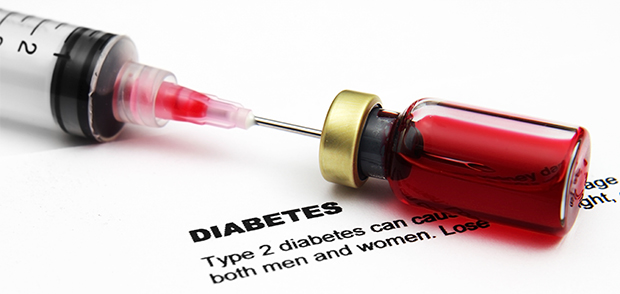
There is a bright glimmer of hope in the awful world of diabetes. Funding has been secured for a clinical trial of a drug that not only prevents mice from getting type I diabetes, but actually reverses the condition if it has already taken hold.
The drug in question, Verapamil, is already used to treat hypertension, irregular heartbeats and some sorts of headaches for over 30 years.
Dr. Anath Shalev of the University of Alabama discovered that Verapamil lowers the level of the protein TXNIP in pancreatic beta cells. Shalev began to suspect TXNIP suppression might be the key to fighting diabetes, and subsequent tests in rats, mice and islets isolated from humans have lent weight to her theory.
 “We have previously shown that verapamil can prevent diabetes and even reverse the disease in mouse models and reduce TXNIP in human islet beta cells, suggesting that it may have beneficial effects in humans as well,” Shalev said, announcing plans for the clinical trials.
“We have previously shown that verapamil can prevent diabetes and even reverse the disease in mouse models and reduce TXNIP in human islet beta cells, suggesting that it may have beneficial effects in humans as well,” Shalev said, announcing plans for the clinical trials.
These trials should move quickly since the drug has been on the market already for so long and although it has adverse side-effects, most are way less severe than the issues diabetes itself produces.
Read more about how this discovery may just change Diabetes forever, click here.
For Meniscus Tear, Exercise Therapy Outperforms Surgery
For Patients With Meniscus Tear, Exercise Therapy Outperforms Surgery in Key Muscle Strength Measure
 In a study that turned the tables on common research that uses exercise therapy evaluate the effectiveness of arthroscopic surgery, used a surgery group as a control to measure improvements in quadriceps strength and neuromuscular function. They write that such improvements, “can provide functional improvements, pain relief, and possibly also a delay in the onset of osteoarthritis (OA)” in individuals with the tears.
In a study that turned the tables on common research that uses exercise therapy evaluate the effectiveness of arthroscopic surgery, used a surgery group as a control to measure improvements in quadriceps strength and neuromuscular function. They write that such improvements, “can provide functional improvements, pain relief, and possibly also a delay in the onset of osteoarthritis (OA)” in individuals with the tears.
Exercise therapy can improve certain functions to a degree not possible through arthroscopic surgery for middle-aged patients with degenerative meniscus tears, according to a new study from Denmark. Researchers believe the improvement in function through exercise—more than 16% greater than improvement experienced by the surgery group—may lead to better long-term outcomes.
To read more on this subject, click here.
Stay Healthy by Playing Less? Dr. Andrews thinks so. You should listen.
Dr. James Andrews is the undisputed rock star of orthopedic surgeons. His personal statistics regarding number of surgeries are mind-numbing. The list of who’s who in professional and collegiate sports he has repaired is unparalleled. The contracts his patients have signed post surgery exceeds a billion dollars. To put it succinctly, Dr. Andrews is the authority on sport injuries. Now he wants you to stop playing sports so much. Read on.

The crux of Dr. Andrews new book, Any Given Monday: Sports Injuries and How to Prevent Them, for Athletes, Parents and Coaches — Based on My Life in Sports Medicine, and personal goal is to stop treating child athletes like they are adults. “I hate to see the kids that we used to not see get hurt. … Now they’re coming in with adult, mature-type sports injuries. It’s a real mess. Maybe this book will help make a dent,” states Dr. Andrews.
His advice is simple. First, kids need a rest between seasons. He advises against specialization where a child plays a sport year round exposing them to more traumatic and repetitive injuries. And second, a child shouldn’t be worked out as if they are a adult. Training for children should be geared towards the child’s age.
For more in depth information on Dr. Andrews and sports medicine click here:
Or watch the video here:
Scapulothoraticic Bursitis, or as most people call it, “My shoulder hurts.”
The shoulder is a complicated and often over-used joint prone to various pain-causing issues. Between swelling of the bursa, bony abnormalities and insufficient musculature, the shoulder can become a painful and noisy joint. Sound familiar? The first step to healing and returning to pain-free movement is see your P.T.

Motion in the shoulder depends on adequate coordination of the concave scapula on the convex thoracic wall by the periscapular musculature. Incongruence, which has several possible causes, such as bony abnormalities, insufficient muscular control and the thickening and scarring of connective tissue may result in a painful grating sound or sensation produced by friction between bone and cartilage during movement.
If you are interested in learning more read here or contact Action PT today.
Chronic Neck Pain
A recent study reveals that an effective exercise regimen and its components regarding frequency, intensity, time and type (FITT) will improve Chronic Neck Pain.

Chronic Neck Pain (CNP) is treated by many therapists with exercise therapy, but what delivers the best results? According to a recent study published by Elsevier Inc. / American Congress of Rehabilitation Medicine, the objective was to identify the most effective components in an active exercise physiotherapy treatment intervention for CNP based on the frequency, intensity, time, and type (FITT) exercise method.
The study revealed that education and exercise training has the most beneficial effect on reducing pain and improving function and quality of life in patients with CNP. It was also noted that targeting deep neck flexors through strength training has positive effects on quality of life when combined with endurance and aerobic training. Progress was seen in patients that performed 30-60 minutes exercise sessions at least three times per week for 6-12 weeks.
Click here to view the article posted on www.anatomy-physiotherapy.com’s web site.
Shoulder Impingement
Motor control retraining exercises for shoulder impingement: effects on function, muscle activation and biomechanics in young adults.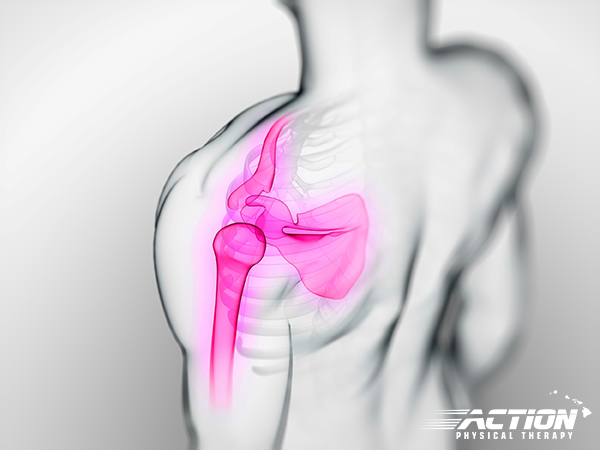
There is limited evidence motor control and strengthening exercises are effective in patients with subacromial impingement syndrome (SIS). The purpose of this study was to investigate the effectiveness of scapular motor control retraining exercises on pain and function outcomes as well as kinematic and neurophysiological parameters.
16 young adults with SIS and 16 healthy age and sex matched individuals were included. Subjects completed several patient reported outcome measures and a testing procedure consisting of arm elevation to 90 degrees in the sagittal, frontal and scapular plane while data was collected using surface electromyography and using a 3D motion analysis system.
After a 10 week motor control intervention including exercises for learning optimal scapular coordination and selective strengthening of the scapular muscles, and manual therapy techniques commonly used in clinical practice, immediate improvements in pain and function were present. Moreover, muscle recruitment patterns were altered significantly, leading to more adequate scapular kinematics. > From: Worsley et al., J Shoulder Elbow Surg 22 (2013) e11-e19. Published in Europe PMC.
- Visit the Pubmed summary for more information or click here for the free full text version.
- Reposted from www.anatomy-physiotherapy.com
Kinesiology Taping
Taping for impingement with long head biceps tendon involvement. Get it done right at Action Physical Therapy – Kauai
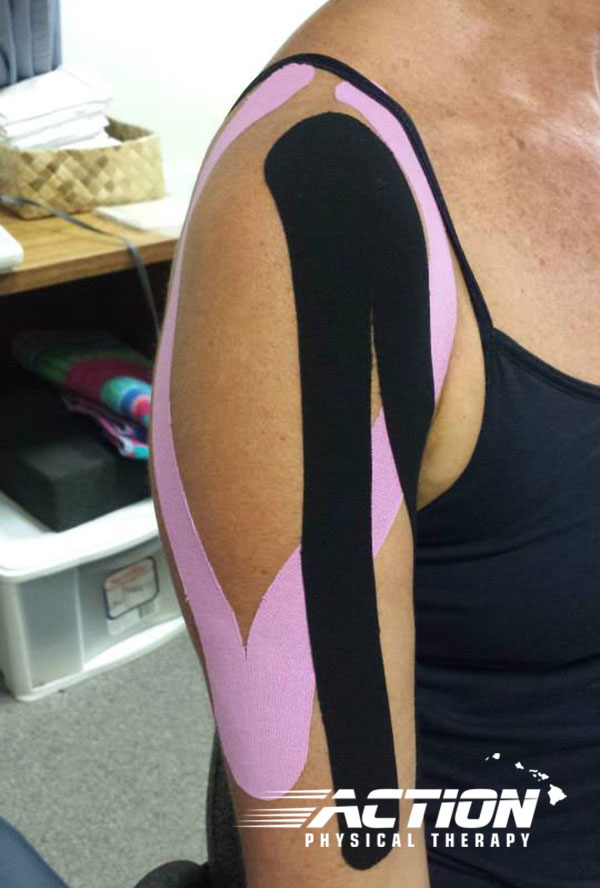
Kinesiology taping is a taping technique applied over muscles to reduce pain and inflammation, eliminate swelling and bruising, support muscles, and aid with muscle contraction while an injury is healing. Kinesiology tape provides support as well as healing without restricting range of motion or blood flow. Although the media has primarily associated kinesiology taping with athletes, the majority of its applicants are non athletes. Kinesiology taping can be used for treating a variety of conditions such as carpal tunnel syndrome, back pain, knee pain, shoulder conditions, hamstring injuries, and rotator cuff injuries. It can be an important part of our patient’s post-injury or postoperative recuperation and our physical therapists have seen great improvements in their patients rehabilitation throughout the use of kinesiology tape. Both of our therapists, Ginger and Steve, are skilled in the use and application of this important rehabilitative tool.
Foam Rollers: 5 Common Mistakes
At Action Physical Therapy, we utilize tools to help you feel better. Even a simple foam roller can have very effective results in treating pain if used properly.
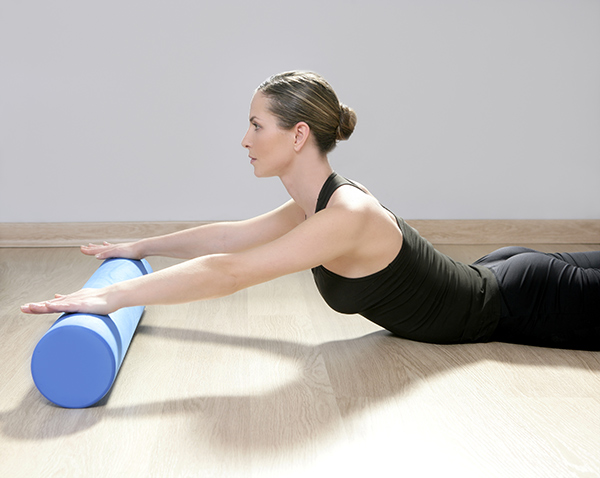 Check out Christine Yu’s, “Are You Foam Rolling All Wrong?” on dailyburn.com. This article breaksdown the five most common mistakes that people make when using the foam roller. Here are her top five mistakes.
Check out Christine Yu’s, “Are You Foam Rolling All Wrong?” on dailyburn.com. This article breaksdown the five most common mistakes that people make when using the foam roller. Here are her top five mistakes.
- Mistake #1: You roll directly where you feel pain.
- Mistake #2: You roll too fast.
- Mistake #3: You spend too much time on those knots.
- Mistake #4: You have bad posture.
- Mistake #5: You use the foam roller on your lower back.
If you still aren’t sure if you are using the foam roller the right way and want to get the maximum benefits from a roller, make an appointment with Action Physical Therapy. One of our therapists can work with you to help ease your aches and pains.
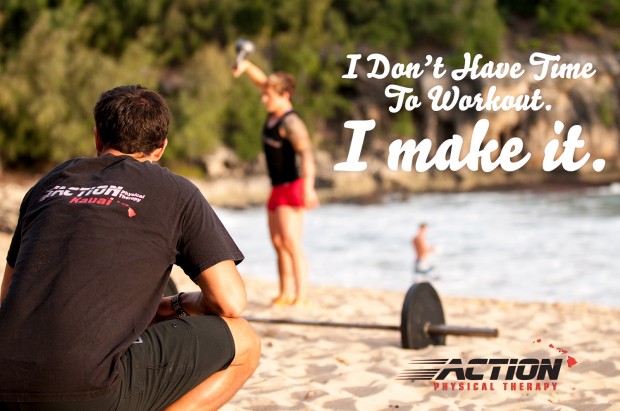
 “The success and popularity of the Tyler Twist led us to develop and evaluate an exercise for golfer’s elbow,” lead research author Timothy Tyler, PT, MS, ATC, said in the release. “The Tyler Twist, a novel exercise using the TheraBand FlexBar, was shown to significantly improve strength and reduce pain for individuals with chronic tennis elbow. This new golfer’s elbow exercise, dubbed the Reverse Tyler Twist, also employs a FlexBar and was found to be effective at reducing the pain for patients suffering from golfer’s elbow.”
“The success and popularity of the Tyler Twist led us to develop and evaluate an exercise for golfer’s elbow,” lead research author Timothy Tyler, PT, MS, ATC, said in the release. “The Tyler Twist, a novel exercise using the TheraBand FlexBar, was shown to significantly improve strength and reduce pain for individuals with chronic tennis elbow. This new golfer’s elbow exercise, dubbed the Reverse Tyler Twist, also employs a FlexBar and was found to be effective at reducing the pain for patients suffering from golfer’s elbow.”

